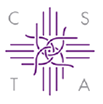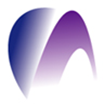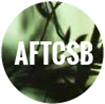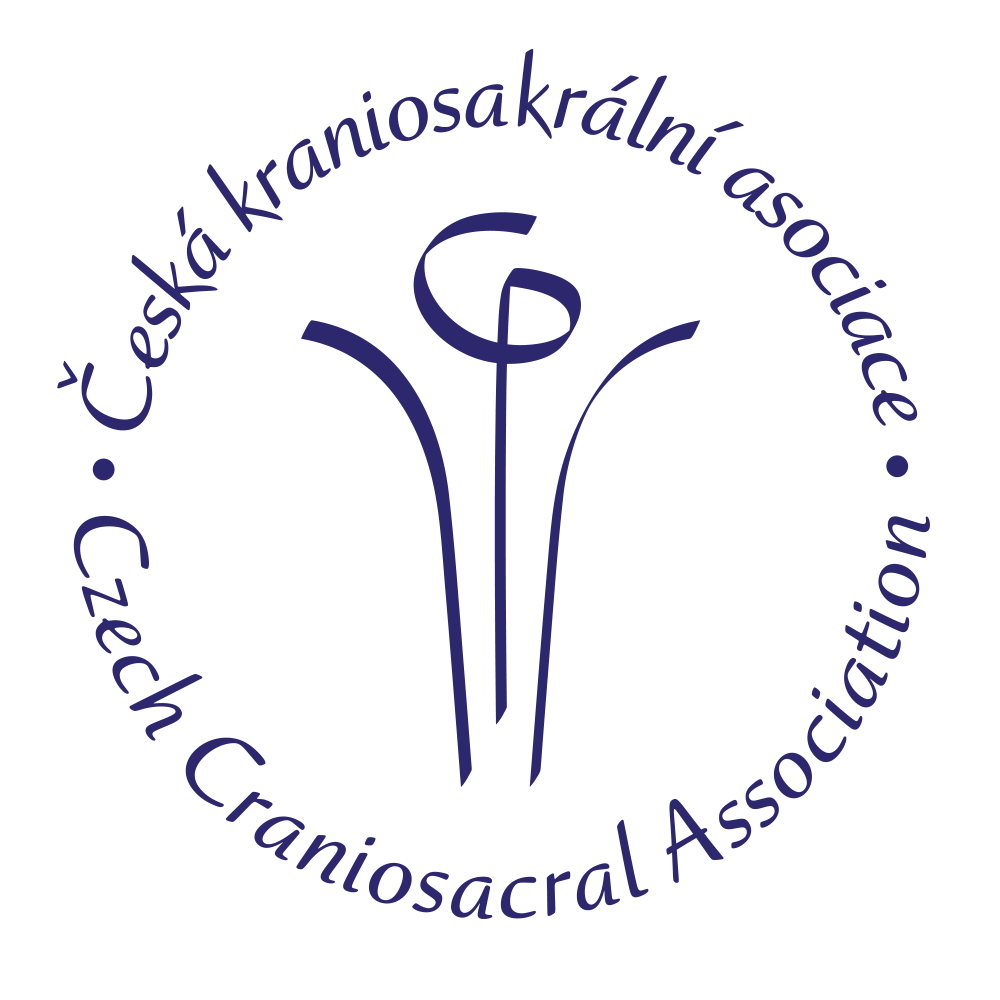About
The training offers a 50 day practitioner course for individuals wanting to become qualified craniosacral therapists. The training is biodynamic in its approach orienting to the body’s natural wisdom and allowing innate intelligent processes to arise and bring about authentic change. These changes will be physiological and psycho-emotional. The body’s own priorities for change are listened for and encouraged to arise. The art of the therapist is to connect with the underlying forces of health and facilitate a process of natural reorganisation. These forces express as subtle motion of tissues and fluids that can be felt by sensitive hands. Biodynamic craniosacral therapy takes a whole-person approach to healing and the inter-connectedness of mind, body and spirit are deeply acknowledged.
What the course offers
- Experienced tutor team who create an open and exploratory learning space
- Excellent student/tutor ratio that produces healthy and supportive group dynamics
- Appreciation of the holistic nature of the human experience
- Clear and sensitive feedback and supervision
- Safe environment to grow in
- Emphasis on producing effective successful practitioners
Intention of the training
The intention of the training is to provide a life transforming educational process that creates practitioners of excellence. The training is in-depth and comprehensive and honours the classical roots of the work along with recent developments in the field. Emphasis is placed upon the development of palpatory, perceptual and treatment skills which the student practitioner can integrate in a step by step process. The course is designed so that the information and skills gained in each seminar are layered and built upon during subsequent seminars. There are a number of elements running through the course that create a basis for successful practice: contact and treatment skills, clinical understanding, practice management and self-development. The training’s goal is to facilitate student practitioners in the application of skills and theory to the practice of craniosacral therapy on real people with real issues and conditions, in order to provide effective and safe treatment. Here are some of the key skills you will learn on the course:
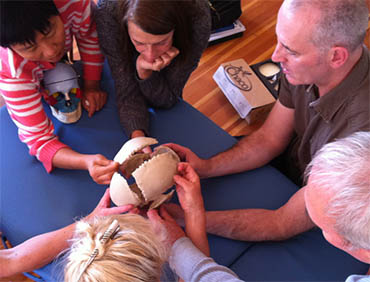
Palpatory skills
In order to become aware of subtle motions and qualities in the body it’s necessary to develop a high degree of sensitivity. To enable this, the course places an emphasis on body awareness exercises and covers anatomy through self-experiencing. This opens up ways of becoming more body conscious and creates an ability to differentiate tissues and structures within your own body and ultimately in your client’s. The course therefore includes anatomy as a way to increase body awareness.
Perceptual skills
You will learn to perceive the body at different levels of organization, the physical, the fluid and the energetic and follow how the body unfolds between one state and another. This leads you to be free flowing and mobile in your ability to perceive things and see the body and the world with different eyes.
Contact skills
learning how to access the sensitivity of your hands so that you can feel deep into the body by creating a spacious inviting touch. You can learn to touch in a way that creates a holistic relationship and brings you into awareness of structures remote to your hands along with an appreciation of the continuity and connectivity of the body tissues and fluids.
Treatment skills
Learning the art of how to deal with different clients and their needs, how to work with the variety of situations that arise in the treatment space. How to manage traumatic expressions skillfully and safely.
Clinical understanding
Learning how to use good judgment as a practitioner. Being able to be balanced and sensible in your approach to different health conditions. Having a sound ability to assess change to better health and identify baseline patterns.
Practice management and self-development
Learning how to set up in practice as a professional therapist and being successful. In practice, working as an ethical practitioner and making a commitment to continually developing your skills.
Living anatomy
In order to become aware of subtle motions and qualities in the body it’s necessary to develop a high degree of sensitivity. To enable this, the course places an emphasis on body awareness exercises and covers anatomy through self-experiencing. This opens up ways of becoming more body conscious and creates an ability to differentiate tissues and structures within your own body and ultimately in your client’s. The course therefore includes anatomy as a way to increase body awareness.
The course includes an anatomical perspective however if you have no previous knowledge or training in this, or are light in your anatomy knowledge, it will be necessary for you to complete additional anatomy and physiology studies. Body Intelligence has developed its own online anatomy course which is consistent with a felt sense and holistic approach to the living body. Here's the link . You will need to successfully complete the BI Anatomy course in order to graduate from the BCST foundation training. The training's accrediting bodies require a minimum of 80 hours of study.

Learning process
The training is offered in a format of in ten 5-day seminars over two years. This period of time is necessary to allow key skills to develop through regular practice. The seminars are powerful experiences and are a mixture of verbal teachings, discussion, small group explorations and hands-on bodywork. The development of practical skills is based on the student practitioner’s own explorations and experience of the work, supported by supervision from tutors. Biodynamic craniosacral therapy is a process-oriented practice and requires practitioners to be skilled at working with their own somato-emotional patterns as well as with a clients. The deep listening that is offered in the work allows the experiences that are held to arise as body and mind processes. The contact sessions in the seminars will naturally engage with your deeper patterning, which is both personally transforming and a key learning experience for becoming a therapist. Most of the deeper understanding of the work emerges from the experiential work on the course. It’s necessary to continue this process between seminars with personal one to one treatments throughout the duration of the course.

Study and Practice
The training includes homestudy that is a mixture of reading, writing, and hands-on practice. Written work and practice write-ups helps you and the tutor team understand how you are progressing. The written work includes craniosacral oriented anatomy, philosophy and clinical material. The training offers a continuous assessment with regular feedback on your understanding and skills. At the end of the first year there is a self-assessment programme to help clarify any areas of uncertainty. In the second year there is a case study program offered to help develop your understanding of practice and treatment processes. There is also regular hands-on feedback at tables and opportunities to put your hands on tutors. Comprehensive course notes are provided to support the learning process.
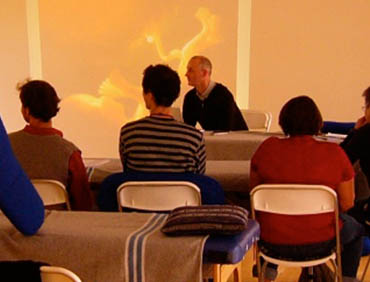
Standards
Accreditation Bodies
Upon successful completion of the Foundation Training you will be certified as a biodynamic craniosacral therapy practitioner. The training is recognised by professional bodies world wide.
Affiliation
The training is a member of the International Affiliation of Biodynamic Trainings (IABT) which is an affiliation of schools who operate to a commonly agreed set of standards in Biodynamic Craniosacral Therapy courses. Member schools offer the designation BCST (Biodynamic Craniosacral Therapist) to graduates of its foundation training and also a post-graduate designation ABD (Advanced Biodynamic Diploma) indicating an additional 300 hours of training. For more on the ABD click here.
Diploma and Professional Designation
Upon successful completion of the training students will be graduated with an award of a Diploma in Biodynamic Craniosacral Therapy and permission to use the designation BCST. Upon joining a professional Craniosacral association the graduate will be given permission to use the designation RCST.
What this course offers that other BCST courses might not
- A more neutral approach to primary respiration. Primary respiration is not looked for but allowed to arise. The practitioner is skilled in recognizing and embodying all primary respiratory states. This leads to a more inherent response from the system. The body is not fixed or subtly held by the practitioners intention towards certain primary respiratory unfoldments.
- Strong direction towards experiential exercises as a way to know and embody the approach. These exercises are a necessary part of the homestudy and students are encouraged to repeat them until the felt sense anatomy is familiar.
- The Cranial Rhythmic Impulse (CRI) is fully acknowledged as an expression of health and the course includes a relationship to CRI perceptual skills.
- The course is defined by a neutral embodied listening that acknowledges the inherent response of the client’s system and its natural ability to reorganize from within. The practitioner’s skill of relating, acknowledging and naming what arises is the key to the body making its own changes. The skill is about perceptual clarity.
- Stillpoints are not induced but are natural expressions that arise during the treatment process and are attempts of the system to connect to dynamic stillness. The practitioner embodies a relationship to stillness.
- Developing a skill to relate to all perceptual fields simultaneously as a palette of foreground and background spaces that the body system of the client morphs into. The ability of the practitioner to relate to these allows for smooth shifts into these states.
- States of balance are natural mechanisms of reorganization set down in the early embryonic phase when cells oriented to 3D. The movements in a state of balance process are derived from these.
- The establishing of a relational field allows trauma to naturally process. The practitioners skill in setting this up and being a still empathetic observer is a strong force for trauma resolution in itself along with a series of precise verbal skills.

Creating “practitioners of excellence”
The intention of the training is to provide a life transforming educational process that helps you become a ‘practitioner of excellence.’
- Spending time honing your craniosacral touch skills until you become highly sensitive and insightful
- Learning how to be in touch with the intelligent health in your client’s body (and your own)
- Listening with precision, being able to know what your client’s body is showing you (as well as your own).
- Ability to move between the physical, the emotional and the energetic
- Developing a language to describe what is happening to the client in an understandable way
To help you get there, you will get an abundance of tutor feedback at tables. Tutors will put their hands on the student practitioner’s hands while they are in contact with a fellow student at the treatment couches. The tutor will tune into the session and give feedback. Also included in the course are opportunities for students to put their hands on the tutors and receive feedback about their touch skills. Also students can put their hands on the tutor’s hands while the tutors are treating and the tutor will describe what they are sensing. You will also have a lot of chances to work together with your fellow students and you are encouraged to work with different people so you can experience the way different people respond to the therapy.
You will also receive a great deal of support and perspective in how to deal with traumatic expressions. The body can express trauma in a number of ways: emotional surges are common, so crying, getting angry and being distraught emerge in many of the sessions. The body physiology goes into flight or fight mode so the heart starts beating rapidly, there is fast breathing, and sometimes feelings of panic or anxiety arise, the body can start shaking in all kinds of different ways, or the client can become cold and go into shock states. These affects are signs the body is trying to resolve a pattern of experience. Biodynamic Craniosacral Therapy creates a relational space that is very safe and efficient at processing trauma.
The training is in-depth and comprehensive and honours the classical roots of the work along with recent developments in the field.
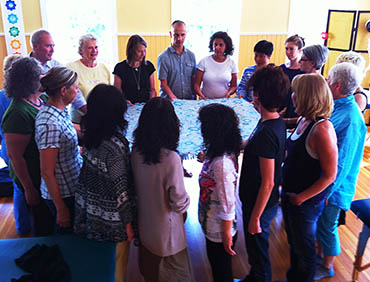
Classic roots:
- Fluid midline
- reciprocal tension motion
- learning to feel the Tide and craniosacral motion
- of structures in the body
- states of balance tension
- differentiation of tissues, fluids and potency
- breath of life
- stillpoint as a way to rest deeply
New developments:
- deeper and slower tides
- light and sensitive touch
- concept of a primal midline and energetic paradigm
- whole body patterns
- levels of stillness
- working with an inherent treatment plan
- more finesse in the touch and ideas of perceptual fields
- more internal meditative approach
- practitioner as witness
- more orientation to biodynamic forces of health








